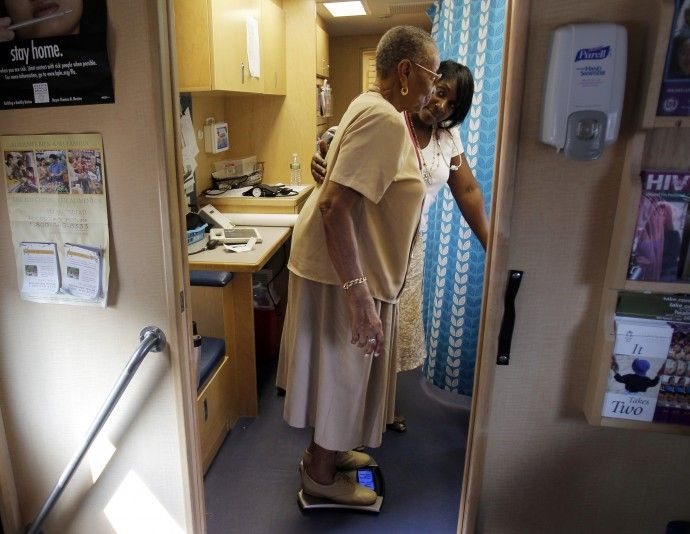64 pct of elderly black Americans face risk of poverty

As much as 50 percent of Americans between the ages of 60 and 90 will face at least one year of poverty or near-poverty going forward and that poverty will not be evenly distributed across the population, according to a new study.
Research done by Mark R. Rank, the Herbert S. Hadley Professor of Social Work at the Brown School at Washington University in St. Louis, found that the risk of elderly black Americans facing poverty was double that of elderly white Americans. It says that although 32.7 percent of older white Americans will experience at least one year below the official poverty line, the corresponding percentage for older black Americans was double that at 64.6 percent.
Rank's study also finds that prosperity levels of married elderly people are much higher than those of their unmarried counterparts. While as many as 51 percent of unmarried older Americans were likely to face poverty, the married ones face half the risk.
He has found three reasons why elderly Americans will face poverty, a statement on the website of Washington University in St. Louis explains.
Foremost is the fact that Americans are living longer. Secondly, the influx of Americans entering their senior years, coupled with a declining percentage of workers in the prime earning years, will put increasing pressure upon the benefits and sustainability of the Social Security and Medicare programs as well as other social safety nets programs directed at the elderly. Thirdly, economic trends show that Americans have not been accumulating adequate savings for retirement.
Education is also a determining factor, the study points out. For those with fewer than 12 years of education, the percentage experiencing poverty was 48.4 percent compared with 20.5 percent for those with 12 or more years of education.
Rank published the result of his studies in his article “A Life Course Approach to Understanding Poverty Among Older American Adults,” in the current issue of Families in Society: The Journal of Contemporary Social Services.
The challenges faced by the elderly are not limited to just poverty; a large number of them will face difficulties dealing with financial emergencies. “Fifty-eight percent of those between the ages of 60 and 84 will at some point fail to have enough liquid assets to allow them to weather an unanticipated expense or downturn in income,” Rank says.
Rank also offers his views on how the problem can be addressed. He says the need for more savings among working-age population must be driven home. Also important are cooperative living arrangements among the elderly and the establishment of fair terms with respect to reverse mortgage programs, and strengthening the Social Security and Supplemental Security Income programs, the statement says.
Rank used data from the Panel Study of Income Dynamics, the longest running longitudinal data set that contains in-depth information on family demographic and economic behavior.
© Copyright IBTimes 2024. All rights reserved.





















